Across schoolyards worldwide, a quiet revolution is taking place—one chalk line at a time. The humble hopscotch grid, a centuries-old game etched into childhood memory, is undergoing a vibrant transformation. No longer confined to the traditional numbered linear format, contemporary playgrounds are embracing geometrically complex, color-saturated designs that fuse mathematical learning with kinetic joy.
Educators and landscape architects are collaborating to reimagine this classic pavement game as a multidisciplinary tool. What was once a simple counting exercise now incorporates tessellating hexagons, fractal patterns, and even Cartesian coordinate systems rendered in UV-reactive paints. These installations do more than teach arithmetic—they embed spatial reasoning and geometric principles into muscle memory through play.
The chromatic psychology behind these designs reveals intentional pedagogy. Neon orange triangles denote "jump zones," while gradient-blue parallelograms indicate balance challenges. Some progressive schools in Scandinavia have introduced chromatic-coded angles—acute corners in vermilion, obtuse angles in teal—turning each game into an immersive geometry lesson. The effect is subtle but profound: children internalize mathematical relationships through proprioceptive experience rather than rote memorization.
Urban sociologists note an unexpected benefit of these kaleidoscopic playgrounds. The visually striking patterns act as social equalizers, attracting both traditionally sporty children and those who typically shy away from physical activity. The non-competitive nature of creative hopscotch designs accommodates diverse ability levels, while their artistic appeal draws in students more inclined toward visual arts than athletics.
Material innovation plays a crucial role in this renaissance. Rubberized composite coatings now allow for intricate designs that withstand years of scuffing while providing crucial impact absorption. Photoluminescent minerals embedded in the surfaces create afterglow trails when children play at dusk, adding an element of magic to mathematical learning. Some experimental schools in Japan have even incorporated pressure-sensitive tiles that emit musical notes corresponding to geometric shapes when stepped upon.
The movement has sparked debate among traditionalists who argue that the simplicity of classic hopscotch holds its own pedagogical value. However, developmental psychologists counter that the enhanced designs actually honor the game's original purpose—to make abstract concepts physically tangible. Just as medieval children used the game's numbered squares to understand pilgrimage stops, modern students navigate fractal patterns that mirror natural phenomena from snowflakes to galaxy formations.
As the trend gains global momentum, unexpected adaptations continue to emerge. A school in Barcelona has mapped their hopscotch course to Gaudí's architectural geometries, while a Toronto elementary school created a winter-proof magnetic version for snowy months. What remains universal is the laughter echoing across these transformed playgrounds—proof that learning, when woven seamlessly into play, becomes its own reward.
The future of playground mathematics looks bright—in every shade of the spectrum. With each new design iteration, the line between education and recreation blurs further. These colorful ground geometries represent more than a playground trend; they signify an evolving understanding of how children best absorb complex concepts when mind and body work in joyful synchrony.

By /Jul 9, 2025

By /Jul 9, 2025
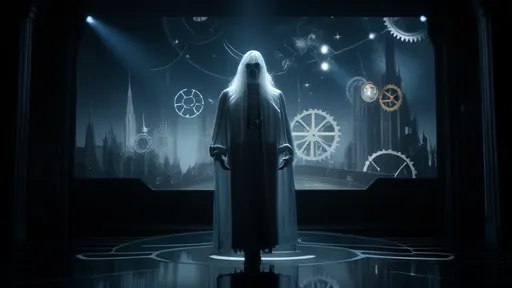
By /Jul 8, 2025

By /Jul 8, 2025
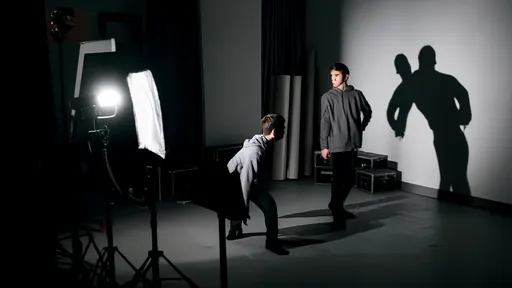
By /Jul 8, 2025
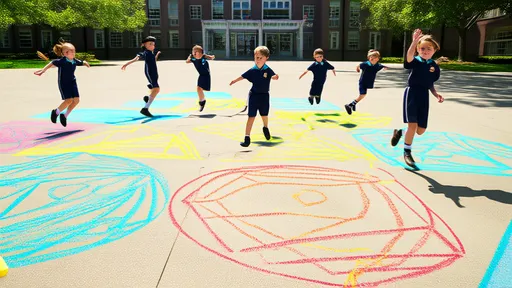
By /Jul 8, 2025
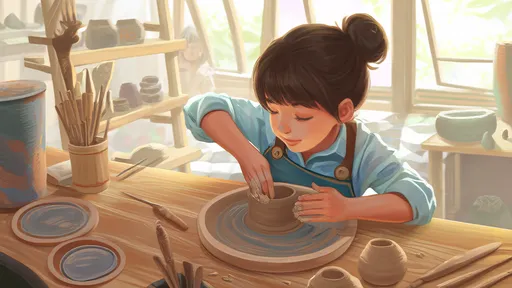
By /Jul 8, 2025
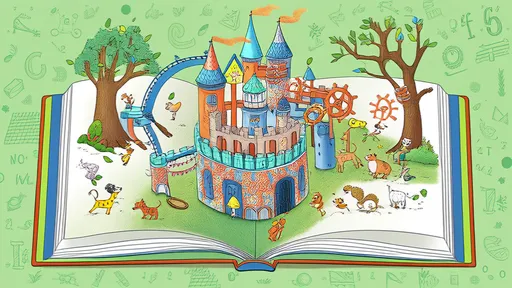
By /Jul 8, 2025

By /Jul 8, 2025
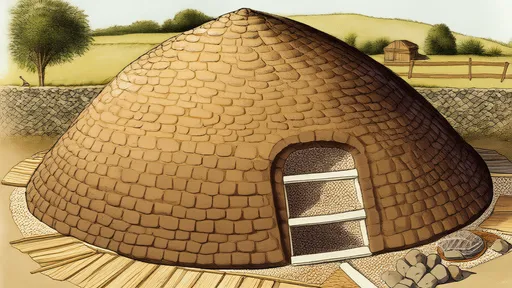
By /Jul 8, 2025

By /Jul 8, 2025
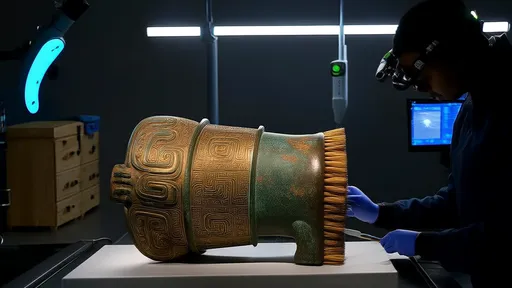
By /Jul 8, 2025

By /Jul 8, 2025

By /Jul 8, 2025

By /Jul 8, 2025

By /Jul 8, 2025
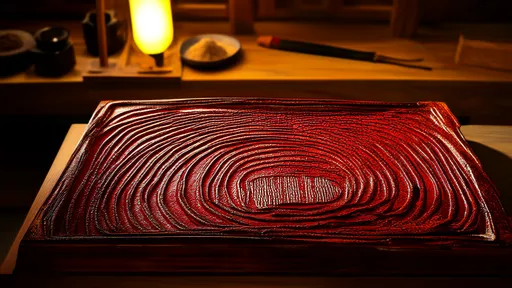
By /Jul 8, 2025

By /Jul 8, 2025